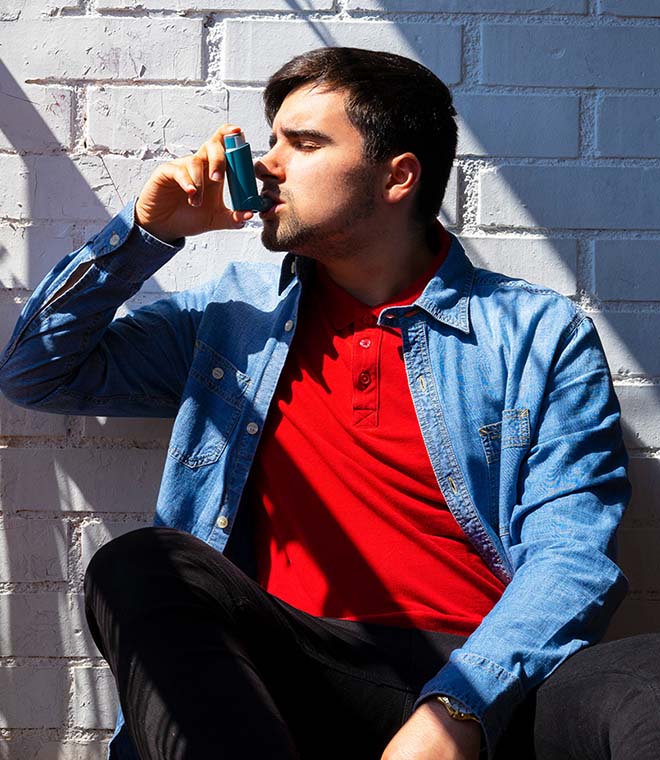Health
How do humidifiers for cold and flu work?
By Sanjay “Jay” Patel, DO, Allergy & Immunology Aug 30, 2023 • 4 min
While there is no cure for the common cold or the flu, you can take steps to ease symptoms associated with these illnesses. Healthcare providers may recommend using a humidifier to address cold and flu symptoms.
What do humidifiers do?
Humidity is the term that describes the amount of water vapor in the air. A humidifier is a device that raises indoor humidity levels.
There are two main types of humidifiers: warm mist and cool mist.
- A warm mist humidifier has an internal heating element that raises the temperature of the water, converting it to steam, which is then released into the air.
- A cool mist humidifier produces high-frequency vibrations to break water down into a fine mist, so no heating element is necessary.
When you have a cold or the flu, increasing moisture levels in the air with a humidifier may help alleviate cough, congestion, sore throat and stuffiness. However, research into the benefits of using a humidifier for colds and the flu has produced mixed results. At this time, there isn’t enough evidence to prove that humidifiers will help everyone suffering from cold or flu symptoms.
Which type of humidifier is best for cold and flu?
Both warm mist and cool mist humidifiers are equally effective at raising indoor humidity levels, but healthcare providers often recommend cool mist models, particularly for children. Because warm mist humidifiers contain hot water and give off warm steam, they can pose a risk for burns and other injuries if you get too close or accidentally knock them over.
In some cases, humidified air can actually worsen symptoms of some health conditions. For example, some people with COPD or a dust mite allergy may experience worsened symptoms with more humid air. If you have any underlying health conditions, it’s important to discuss the use of a humidifier with your healthcare provider before routinely using one.
Tips for choosing and using a humidifier for cold and flu
If your healthcare provider has recommended that you use a humidifier for a cold or the flu, follow these tips for best results:
- Use distilled or filtered water rather than tap water to reduce the risk of microorganisms growing in the unit
- Place the humidifier about 3 feet away from your or your child’s bed
- Select a humidifier that matches the square footage of the room
- Clean your humidifier every two to three days, following the instructions provided by the manufacturer
- If your humidifier has a filter, change it as often as recommended
- Keep the humidifier set to 30% to 50% humidity
- Don’t add essential oils or other products to humidifiers
Updated August 2023.
Sources:
- https://www.mayoclinic.org/diseases-conditions/common-cold/expert-answers/cool-mist-humidifiers/faq-20058199
- https://www.mayoclinic.org/diseases-conditions/common-cold/in-depth/humidifiers/art-20048021
- https://apps.who.int/iris/handle/10665/66856
- https://www.cdc.gov/antibiotic-use/colds.html
- https://medlineplus.gov/ency/article/002104.htm
- https://www.childrenscolorado.org/conditions-and-advice/parenting/parenting-articles/danger-of-humidifiers/
- https://www.chop.edu/news/health-tip/vaporizer-or-humidifier-which-best



